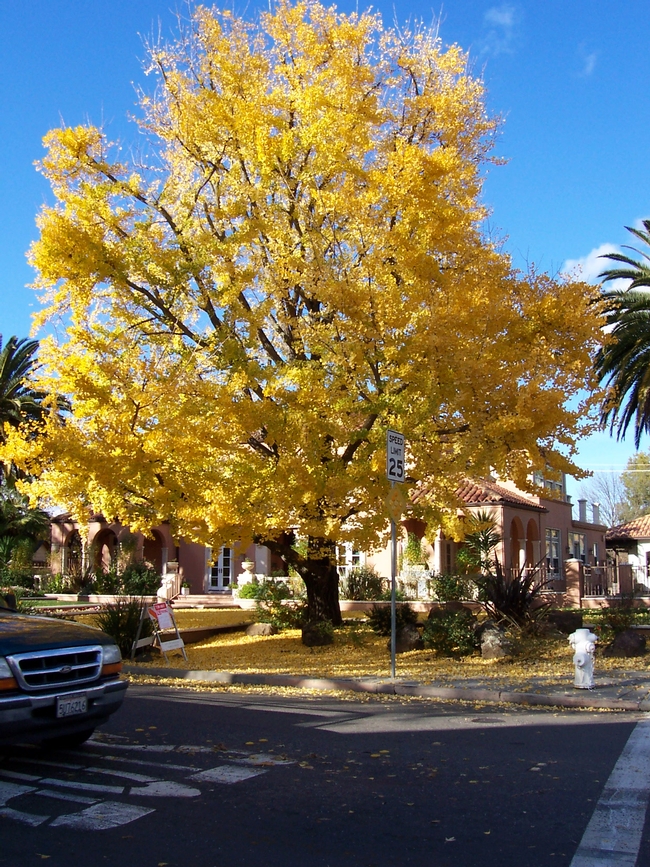Posts Tagged: Japanese maple
Japanese Maples
One of the most graceful appearing trees in the landscape is the Japanese maple. Whether they are planted in soil or a container they can steal the show. They have varied colored leaves including purple, red, gold, and shades of green including lime. In the fall, the colors change to shades of rust, gold and brown. Japanese maple need to be grown in partly shaded, wind protected areas. The soil supporting these trees should hold moisture, but drain quickly. If choosing a plant for a container, choose one that will remain small.
Years ago the Solano Master Gardeners toured the Aaron acreage on top of Mt. Veeder in Napa. We went to see the large display of camellias and were not prepared to see the numerous Japanese Maples in multitudes of colors meandering over the 16 acres. Many thrived under huge, old oak trees; others surrounded the house and property. A beautiful site to see.
Japanese maples do not require pruning. You can shape them, remove crossing or dead branches, but that is about it. A commercial property in Vacaville planted six Japanese maples in front of the building several years ago. The grounds maintenance crew “pruned” them in the fall and the trees have grown back looking like topiary balls. It’s hard to identify what type of trees were originally planted as they no longer resemble gracefully flowing Japanese maples. Incorrect pruning changed that forever.

Formerly known as a Japanese maple. photo by Sharon Rico

Naturally-shaped maple. photo by Dave Hutson

What a Japanese maple should look like in it's natural form. (photo by Sharon Rico)

Poorly pruned Japanese maple. This pruner needs to be educated! (photo by Sharon Rico)
Honey Bees on Japanese Maple?
Honey bees favor assorted plants, including lavenders, mints, salvias, asters, borage, wild roses, echiums, clover, fireweed, goldenrod and phacelia,...

Honey bee foraging on a Japanese maple. (Photo by Kathy Keatley Garvey)

Close-up of honey bee foraging on a Japanese maple. (Photo by Kathy Keatley Garvey)
Japanese Maple Saga
The saga of my Japanese Maples (Acer palmatum) began seven or eight years ago. In response to a master gardener looking for new homes for some trees, I volunteered to take a few. My daughter and family were about to build a new house on property they purchased in the country and said they’d take some too – six or seven, they thought. They could imagine how lovely the trees would be against their new home.
The trees turned out to be six-inch pot size, and as you may know, Japanese Maples are slow growing. I kept the all the little trees on my deck for approximately four years during which time I transplanted them into ever-larger containers. As the years went by we lost a few and I moved some into the ground with other perennials until their home would be ready. By the time the house was finally completed my daughter decided they didn’t want Japanese Maples after all.
I transplanted the remaining trees again this winter along the front of my house after removing some huge old shrubs that rivaled the wall of thorns around Sleeping Beauty’s castle.
Eight years after their arrival, five enduring, winter-bare Japanese Maples of multiple varieties have found permanent homes, a real tribute to the hardiness of the species. Granted, they are still slow growing, and it will be some time before my house no longer looks naked, but I’m willing to give them a chance; they’ve earned it.

My Japanese Maple. (photo by Marime Burton)
Mellow Yellow
It’s the day after Thanksgiving. Time to get ready for Christmas, right?
Perhaps we should soak up what remains of autumn before we embrace the wintry wonders of the holiday season. Get outside and look at all the fall color in our area. This year seems particularly colorful. The Chinese pistache (Pistacia chinensis) trees glow nearly fluorescent pink-orange, the liquidambars (L. styraciflua) are the pyramidal gold-orange-red standouts, the burgundy ‘Raywood’ ashes (Fraxinus oxycarpa) look positively velvety, and the Japanese maples (Acer palmatum) are the petite rubies and topazes of the landscape. Even the crape myrtles put on a good show, before the winds of November stripped most of them nearly bare.
If you’re in downtown Vacaville soon — perhaps for Merriment on Main on Tuesday, Nov. 29, when the community Christmas tree is lighted at 6 p.m. — you really ought to see what I think is the best example of fall beauty in all of Solano County. On the corner of Buck Avenue and West Street, in front of what is still called the old Hartley house, is an absolutely stunning Ginkgo biloba tree. I’m not sure of its age, but considering its size and how slow growing these trees are, it must be close to a century old. This tree literally stops traffic when it goes gold, which should be right about now.
Ginkgos, also known as maidenhair trees, are considered living fossils. In fact, fossils of the ginkgo’s distinctive fan-shaped leaves have been found that date back to 270 million years ago. The trees were long thought to be extinct in the wild, but are now native to two small areas in China.
If you’re interested in planting one — ginkgos do well in our zones — be aware of the sex of the tree you choose. According to the UC Integrated Pest Management website, “Male trees are better as female trees produce messy, smelly fruit. Trees prefer areas with full sun. Plant in loose, well-drained soil, and provide moderate to regular amounts of water. Established trees only need occasional water.” (Check for more information on the few problems ginkgos face: http://www.ipm.ucdavis.edu/PMG/GARDEN/PLANTS/maidenhair.html)
Of course, one thing leads to another with all this lovely color. The season is called “fall” for a reason.


